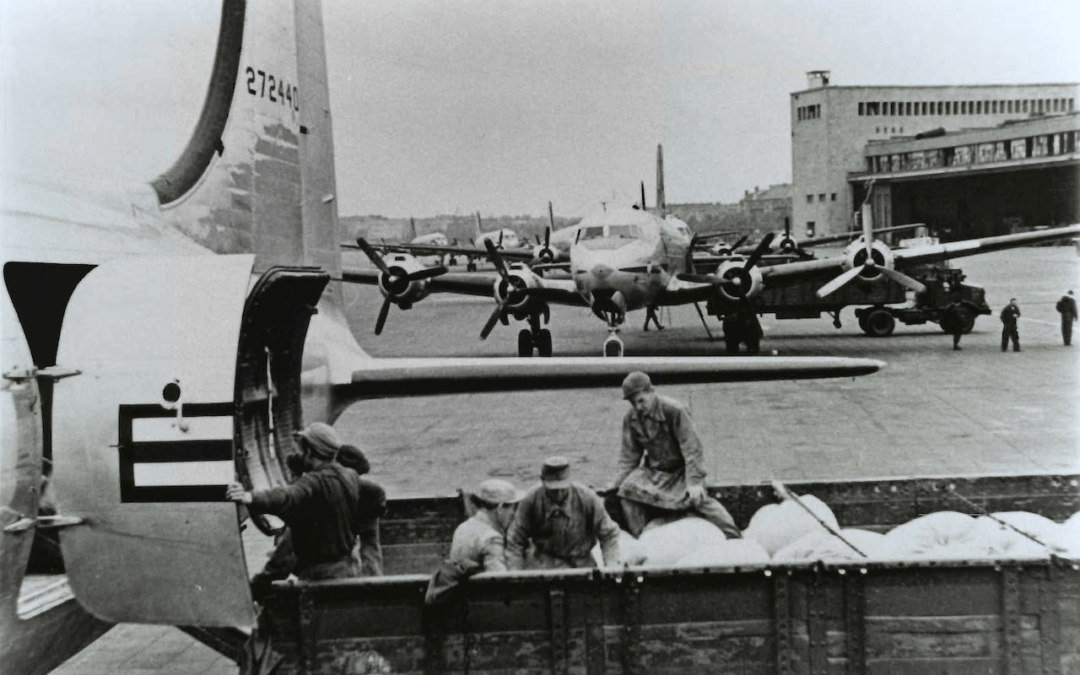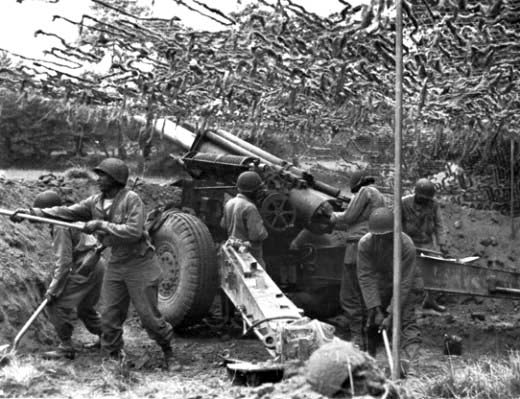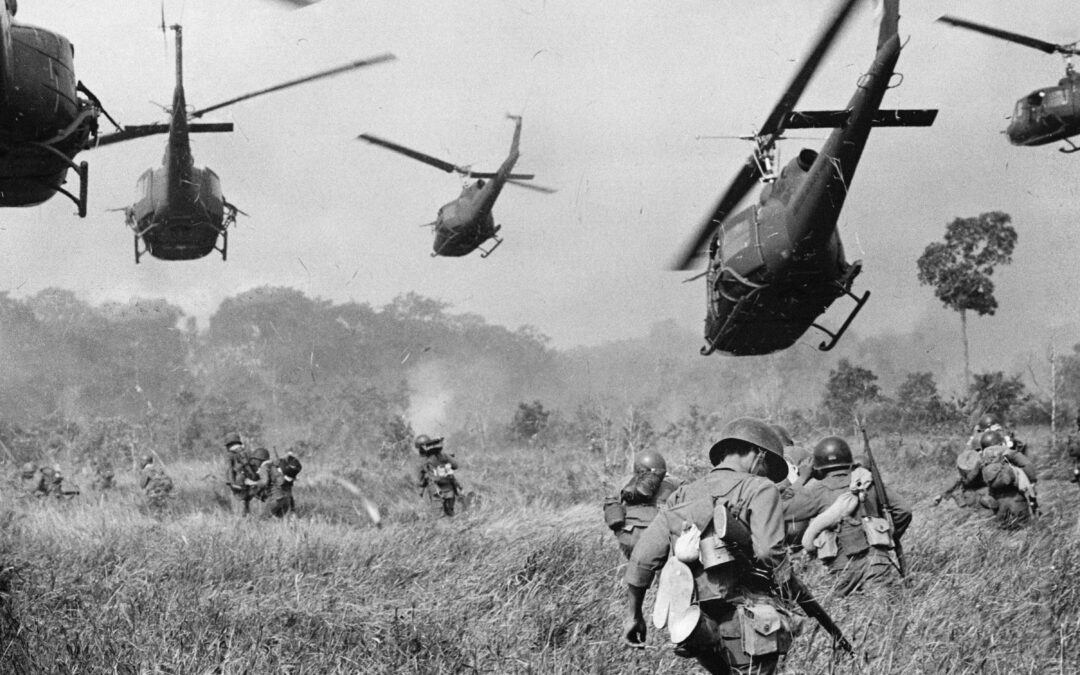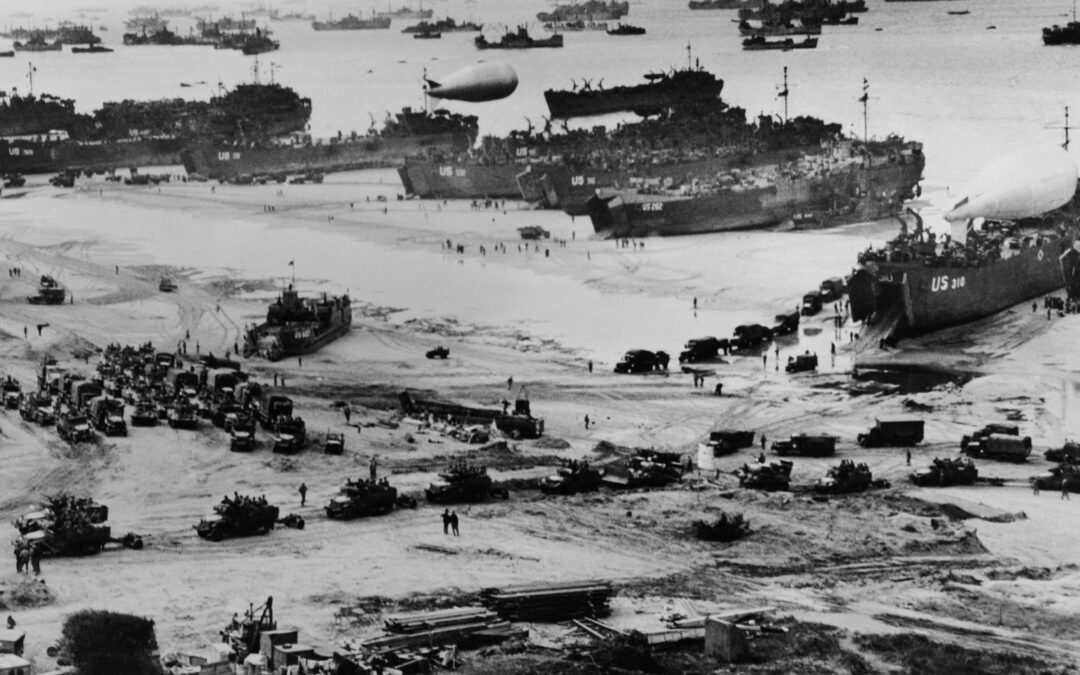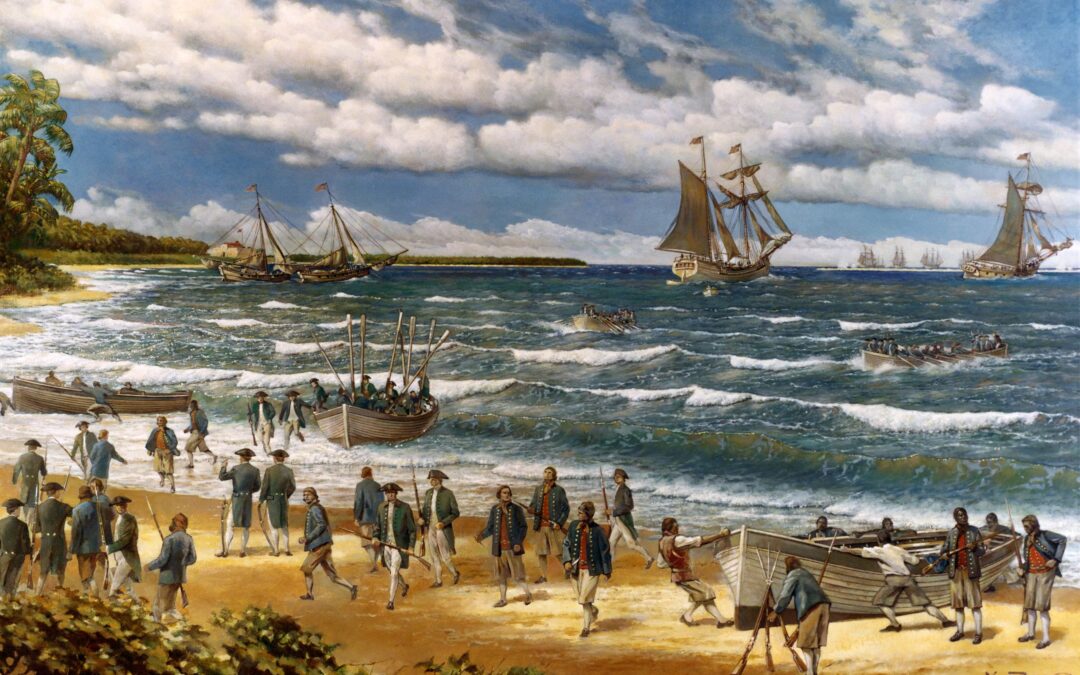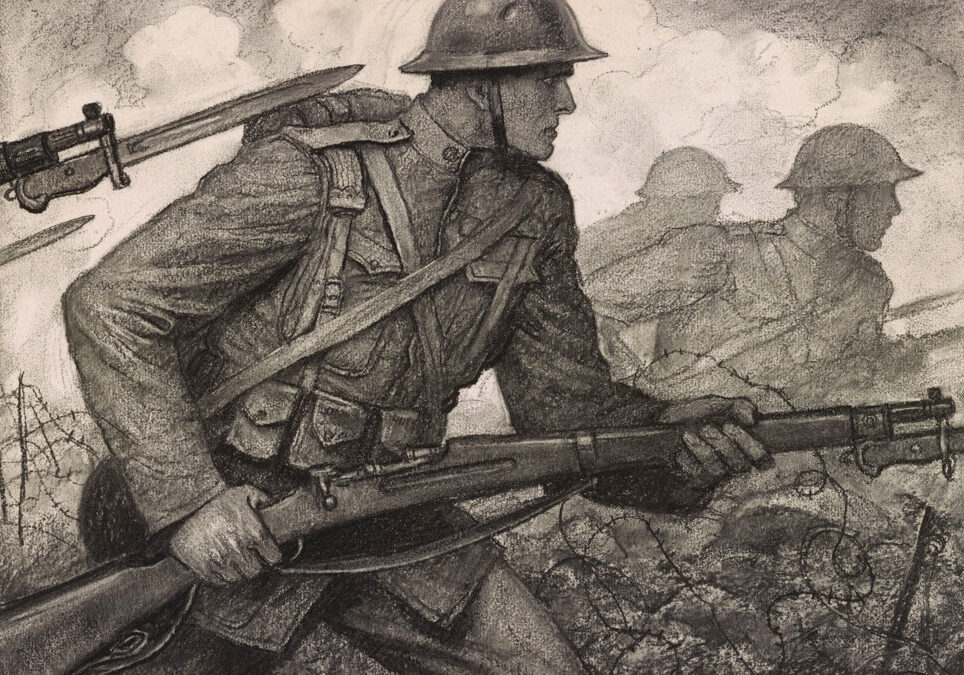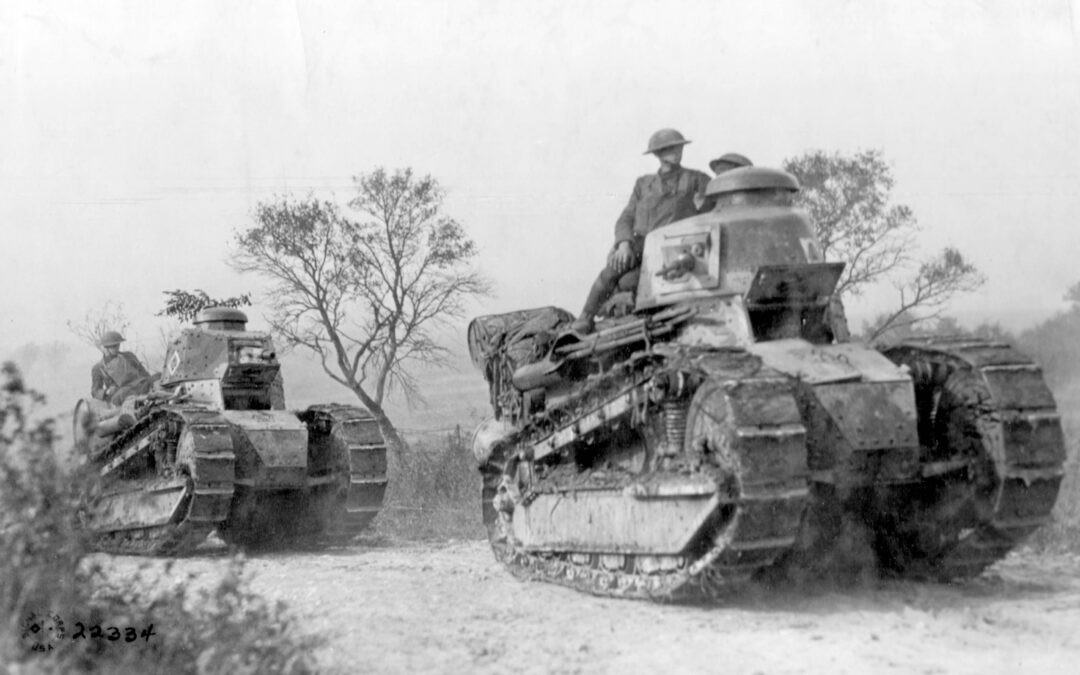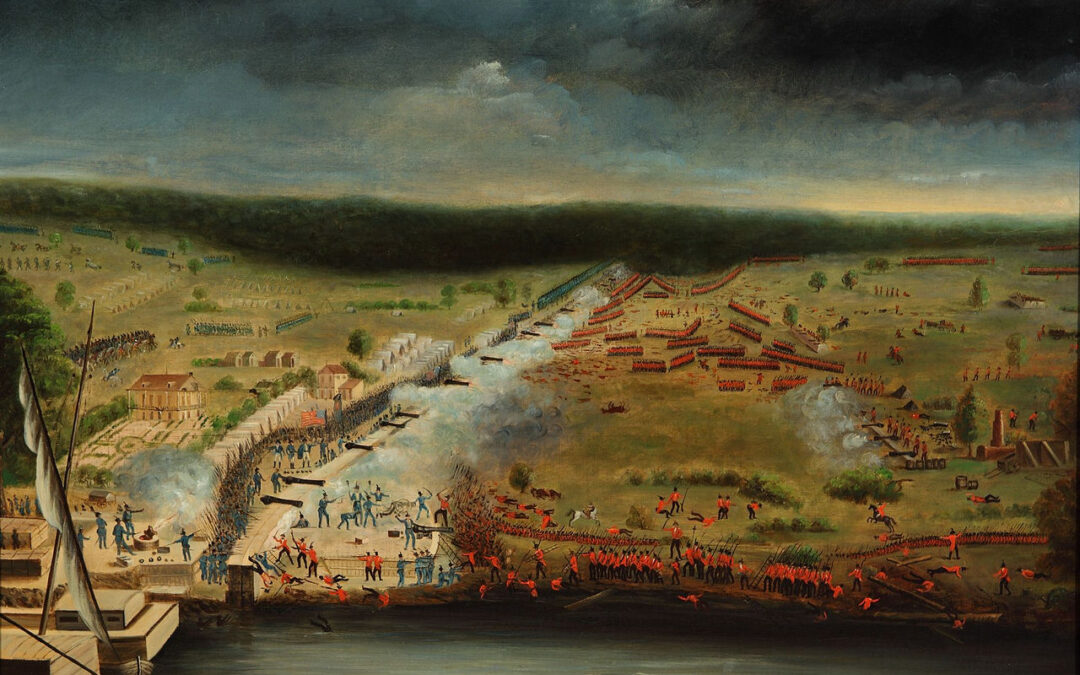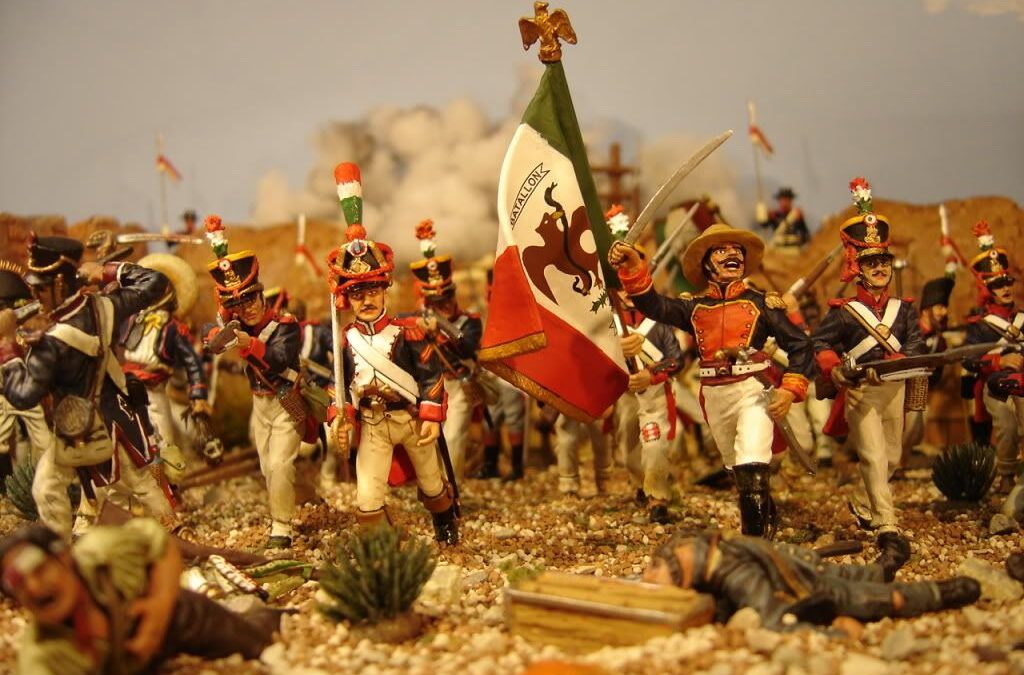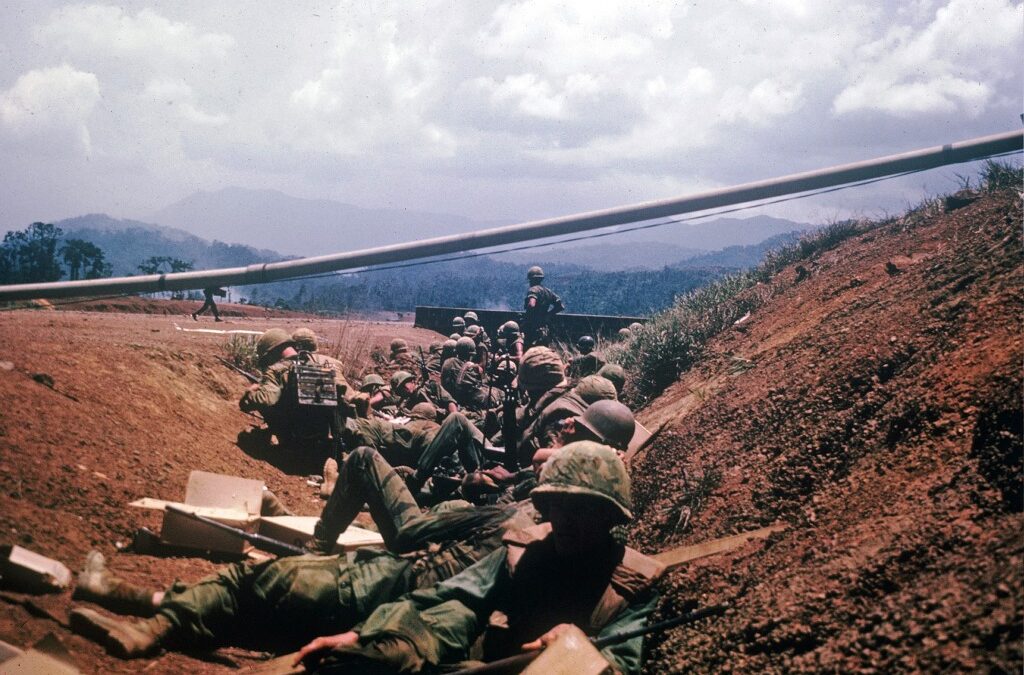After World War II, the Allies partitioned Germany into a Soviet-occupied zone, an American-occupied zone, a British-occupied zone, and a French-occupied zone. Berlin, the German capital city, was located deep in the Soviet zone, but it was also divided into four sections. In June 1948, the Russians–who wanted Berlin all for themselves–closed all highways, railroads, and canals from western-occupied Germany into western-occupied Berlin. This, they believed, would make it impossible for the people who lived there to get food or any other supplies and would eventually drive Britain, France, and the U.S. out of the city for good. Instead of retreating from West Berlin, however, the U.S. and its allies decided to supply their sectors of the city from the air. This effort, known as the "Berlin Airlift," lasted for more than a year and carried more than 2.3 million tons of cargo into West Berlin. The Berlin Airlift: The Partitioning of Berlin As World War II came to an end in 1945, the...
